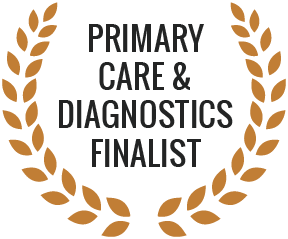The best way to get a treatment plan for preventing the onset of osteoporosis is to have a consultation with one of our doctors, who can talk to you about your symptoms & risk factors, test you for osteoporosis markers, discuss the results with you, & then work out a treatment plan together.
You can also have your bone density scan with us & take your results to your existing GP for interpretation.
Symptoms
Osteoporosis affects both men & women, but it is much more common in women. 1 in 3 women over the age of 50 will be affected, compared with just 1 in 12 men. Sex is, therefore, the most major risk factor for osteoporosis, followed by age.
Other risk factors include:
- Race: Asians & Caucasians have the highest risk of developing osteoporosis
- Family history: a close family member with osteoporosis or a hip fracture increases your likelihood of developing the condition
- Body frame: those with smaller frames tend to have less bone mass, thus giving them smaller reserves to draw on in older age
- Hormone levels: reduction in oestrogen supply is one of the major causes of weakened bones that lead to osteoporosis, as well as lower levels of testosterone, increased levels of thyroid hormones, overactive adrenal & parathyroid glands, & some thyroid medication.
Generally, osteoporosis doesn’t present with symptoms in its earliest stages, which is why a bone density scan can be helpful. Having an early indication that you may develop osteoporosis allows you to take preventative measures, & reduce the likelihood that you will be seriously impacted by the condition in the future.
Once the condition develops, symptoms include:
- Back pain (due to problems with the vertebrae fracturing or collapsing)
- Stooping posture
- Frequent or easy bone fractures (particularly of the spine or hip)
It is the increased risk of fractures that makes osteoporosis a dangerous disease, as a hip fracture leads to an increased risk of disability or fatality in the year immediately following.
Most of the preventative measures that can be taken against osteoporosis to build up sufficient bone density happen before the age of thirty, but if a screening shows that you are at risk, there are measures that can be taken later in life to reduce the likelihood of it becoming a problem.






















